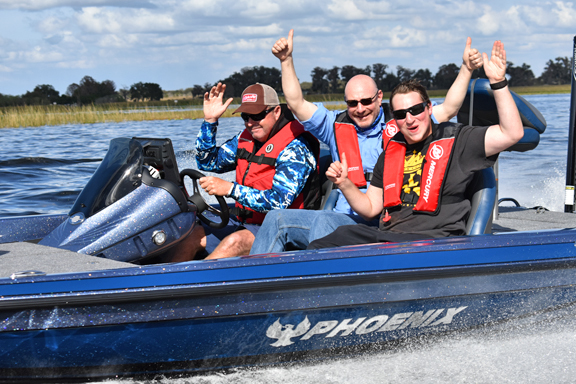
The TrophyCatch Season 7 Phoenix Boat drawing took place in December at Camp Mack Guy Harvey Lodge, Marina & Resort! There was a big crowd present for the Bobby Lane High School Cup. Following the weigh-in, Bobby Lane and FWC Division of Freshwater Fisheries Management director Jon Fury hosted the final drawing. Four of the five finalists were present for a chance to win a Phoenix Boats 819 Pro powered by Mercury Marine and MotorGuide trolling motor, guided by Lowrance electronics, and anchored by Power-Pole Total Boat Control. Angler Ben Furfine (on far right) was the final drawing winner! Ben has one TrophyCatch bass to his name, but all that is needed to be included in the Season 8 drawing is to register now for TrophyCatch. If you have previously registered, then you are automatically included in each annual drawing.
|
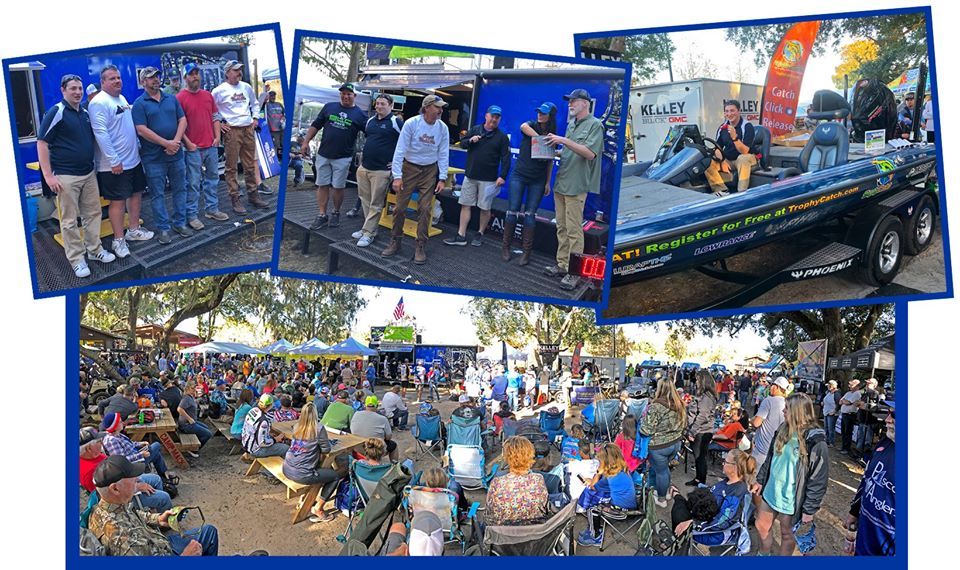 |
There was a great crowd and four finalists present for the TrophyCatch Season 7 Phoenix Boats drawing! Lunker Club winner Ben Furfine was then "the last man standing" becoming the Phoenix bass boat winner.
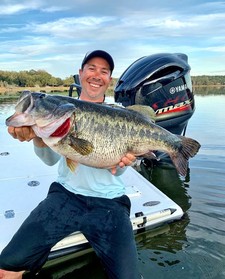
TrophyCatch Season 8 is now well underway, and approved submissions since the program launched in 2012 include:
- 8,006 Lunker Club bass (8-9.9 lbs.)
- 1,966 Trophy Club bass (10-12.9 lbs.)
- 78 Hall of Fame bass (13+ lbs.)
So far in Season 8 there have been a total of 844 approved submissions as of February — better than most previous seasons. Nathaniel Kicklighter is the current Season 8 leader with this amazing 14 lbs. 11 oz. catch from Putnam County waters. Although we are entering the post-spawn period, fishing is still great in Florida, the Bass Fishing Capital of the World. We can't wait to see what the rest of the season brings!
|
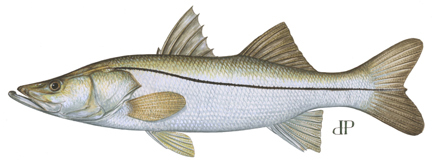
Size: The current state record is 45.75 pounds. In freshwater, anglers might see snook up to about 25 pounds.
Identification and similar species: The slender, silvery body, large mouth and black lateral line make this fish hard to mistake. Three other kinds of snook inhabit Florida and might be found in freshwater, although much less frequently. The fat snook has a paler pelvic fin; the tarpon snook has an orangish pelvic fin that is bordered by black; and the swordspine snook has a distinctly elongated anal fin and anal spine. These other species are much smaller than the common snook; the tarpon and swordspine snook only achieve about a foot in length, while the fat snook almost never exceeds 20”.
Angling qualities: The snook is one of our most popular saltwater game fish, although many anglers don’t realize that it can be found regularly in our fresh waters as well. The fish’s large size, aggressive strikes, and aerial acrobatics make it a worthy target. Snook behave similarly to largemouth bass in several respects, including their susceptibility to both lures and live bait. Shiners are the freshwater bait of choice, while recommended lures include medium- to large-sized minnow imitations and topwater offerings such as the Zara Spook. Snook also show a decided preference for structure (such as bridge pilings) and moving water.
Where to find them: When you are fishing in Florida, the Fishing Capital of the World, the occasional saltwater fish may very well spice up your freshwater fishing trip! Common snook can be found in marine environments on both coasts but will regularly enter freshwater canals as far inland as they can travel, including Lake Okeechobee.
Interesting facts: Snook all begin life as males, but between 18 and 22 inches long some will change and become females. Snook will form schools during spawning season. Unfortunately, snook cannot tolerate water temperatures below 60° F and are sometimes subject to fish kills due to cold weather.
NOTE: A snook permit is required for harvest when a saltwater license is required, even if the snook is caught in freshwater. See the current Florida Recreational Saltwater Fishing Regulations for license requirements and specific harvest seasons and rules.
Fish illustration by Diane Rome Peebles.
|
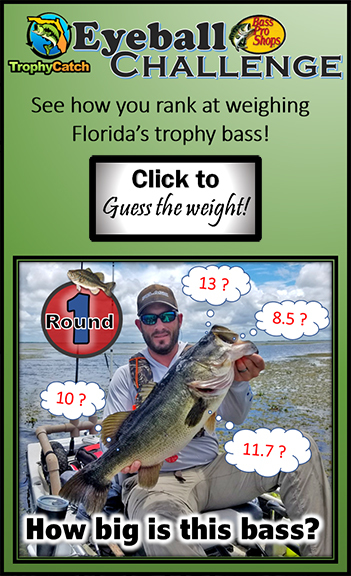 |
Can you guess the weight of the pictured bass?
Here’s your chance to show off your angling skills! The Eyeball Challenge begins with Round 1 and will conclude with a Championship Round 3 where the top angler with the closest to the perfect score will win a Bass Pro Shops gift card.
Begin the Round 1 Eyeball Challenge by clicking the box above or the link below:
https://ufl.qualtrics.com/jfe/form/SV_5yCujvVPiag4ujP
To know when Round 2 and Round 3 are available, make sure you follow our TrophyCatch Facebook page and FishReelFlorida on Instagram!
Good luck!
You’re on lunch break from work and decide to toss a couple of casts into the park pond you pass every day. Suddenly, something big hits! Fortunately, the pond doesn’t contain too many obstacles and you manage to land one of the biggest bass you’ve ever seen. But you have no scale . . . All you can do is measure the bass length and girth with the tape measure you keep in your toolbox before releasing it: 27 inches long and 18 inches around. But the real question is, how much are you going to tell the guys back at the bass club it weighed?
Luckily for curious anglers, the relationship between a fish’s length and its weight is a fairly consistent one. The graph below, charting the weight and length of many individual bass, reveals that a nice, consistent relationship exists between the two. This is illustrated by the clustering together of the data points (dots) and the smooth curve that they make as a group. This graph displays information from bass surveyed from the L-67A Canal in Water Conservation Area 3.
This graph compares length and weight for 3,600 largemouth bass sampled from the L-67A Canal. Each dot represents one fish; most of the dots are so tightly clustered together that they are not individually visible.
One thing to keep in mind is that many fish change shape as they get larger. For example, bass anglers know that a big “hawg” has a much chunkier profile than a young “bank runner”. You can also see this in the above graph. Instead of a straight line formed by the grouping of dots (which would occur if weight was exactly proportional to length for bass of all sizes), there is an upward curve. In other words, as a bass gets longer it tends to weigh more per inch.
Does all this graphing and science have any practical application for anglers? Of course! There are various equations that have been developed to estimate bass weight based on its length and girth. Fortunately, FWC’s Bass Weight Calculator website saves you from doing the math: Just plug in your numbers and hit return! The first weight estimate displayed is the one FWC considers to be most accurate, but estimates using several other formulas are also provided for comparison. Plugging in your numbers from your park pond bass, you can tell your fishin’ buddies that your bass weighed about 11 pounds! (And you’ll definitely take your scale next time!)
The FWC's Bass Weight Calculator website will provide an accurate bass weight estimate from a length and girth measurement.
So far, we’ve only talked about largemouth bass, but most fish will have a similar relationship between length and weight. Of course, the numbers (and ratio of weight to length) will be very different for a round bluegill than they will be for a long gar. For a biologist, length-weight data like this can reveal what health condition a fish is in, whether a fish’s shape changes as it grows, and other important information.
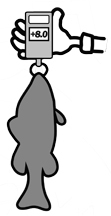 |
|
Note that for TrophyCatch submissions, you MUST provide a readable weight-on-scale photo and we recommend that you always carry a scale with you — you never know when a trophy will show up in Florida! However, if you ever get caught without a scale, a length and girth measure can help you estimate the weight of your catch. |
 With the population of Florida projected to reach 22 million in 2020, anglers will continue to see more rods and boats on the water when they go fishing. It’s great that fishing continues to be so popular here in the “Fishing Capital of the World”, and we will always be glad for the camaraderie of fellow anglers. However, that can make finding your fish in the crowd more challenging! Here are some ways to offset the fishing pressure that you may find yourself confronting, to bring a few extra fish to net on your next trip!
-
Fish where the crowd doesn't fish — There are several ways to avoid fishing the very same “honey holes” that just about every passing angler tosses bait into. One is to simply go a little farther than the average angler. Anglers willing to walk farther or spend some extra time idling through a “No Wake” zone may be rewarded by access to lightly fished waters or fish-attracting structures that few others reach. The burgeoning popularity of kayaks offers another way to reach waters that others cannot. If you can stand on the shoreline, you can launch a kayak! This might be a way to explore new water where only bank anglers normally go, and this also applies to areas beyond water control structures or low bridges that present an impassable barrier to those traveling by outboard.
Whether you are getting out on the water on a traditional "shore fishing" lake or going where motorboats can't go, a kayak can be a great way to leave the crowd behind.
-
Try the run-and-gun approach — Identify ten or so hot spots that usually produce fish, and spend a few hours fishing these. If you don’t get any strikes within 20-30 minutes, then quickly move on to the next spot. This will allow you to cover some of the best sites over a wide area in comparatively little time, almost certainly hitting some locations before other anglers have fished them.
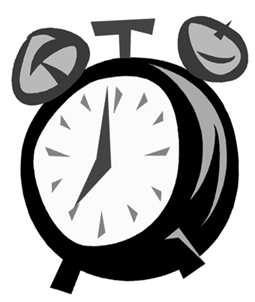
-
Fish when the crowd doesn't fish — Most anglers are, by necessity, “weekend warriors”. Few can regularly fish during the middle of the week. However, most anglers can still avoid much of the regular weekend hurry by fishing the evening feed, thereby avoiding the Saturday morning “rush hour”. Full-fledged night fishing is also another way to beat the crowds, and a way to fish during the week in spite of a nine-to-five work schedule. And as the weather begins to warm, keep in mind that bass often feed more aggressively in the cool of the night than they do during the heat of the day. Another solution is a quick, one- or two-hour bank fishing stop at a favorite site on the way home from work. Not only will you probably enjoy a lot more peace and quiet, but you might start landing more fish, too!
|
-
Find fish hiding in plain sight — Even if you fish the same lake as the crowd, you don’t have to fish the same exact “holes” or fish them the same way. Although some sites that are obvious targets (such as bridge pilings) are still worth a cast or two, concentrate on less obvious hot spots — a culvert that is well-hidden by vegetation, or an underwater point or brushpile that only careful searching with a depthfinder will reveal. Another way to quickly leave behind the anglers right around you is to fish deep. Documenting the deeper points of a lake can be hard work, and patiently fishing them even harder. Most anglers won’t go to the trouble or will stick with more easily-worked lures that don't go as deep and don’t require as much concentration or effort.
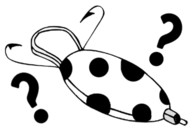
-
Fish what the crowd doesn't fish — For years, anglers have suspected that fish know more about lures than fishermen do. While plastic worms, spinnerbaits, and crankbaits certainly land a lot of fish in this state, it sometimes takes something a little different to fool a cagey old lunker. The easiest way to throw something new at the fish is to tie on something you haven’t seen on the water, either. Spinners (Mepps, Panther Martin, and Rooster Tail are the best-known) don’t see nearly as much use down south as they do for trout and salmon in our northern states. These lures can provide excellent action for bass and panfish, and even weedless versions are available. Spoons are another “up-north” lure that don’t see much use in Florida’s fresh waters (except for the popular Johnson Minnow). Tie on a Dardevle, Acme, Luhr-Jensen, or Crocodile spoon and you’re tossing a bait that most fish haven’t seen before. Other possibilities for lures not every fish is familiar with include fairly unique, one-of-a-kind baits (Mann’s Little George and the Flying Lure come to mind), or old “classic” lures that are not as commonly seen as they used to be (like the venerable Heddon Lucky 13 and the Arbogast Jitterbug). Not only can these atypical lures all produce fish, some can also be quite fun to fish with!
|
To contact the Florida Freshwater Angler, email John Cimbaro.
|